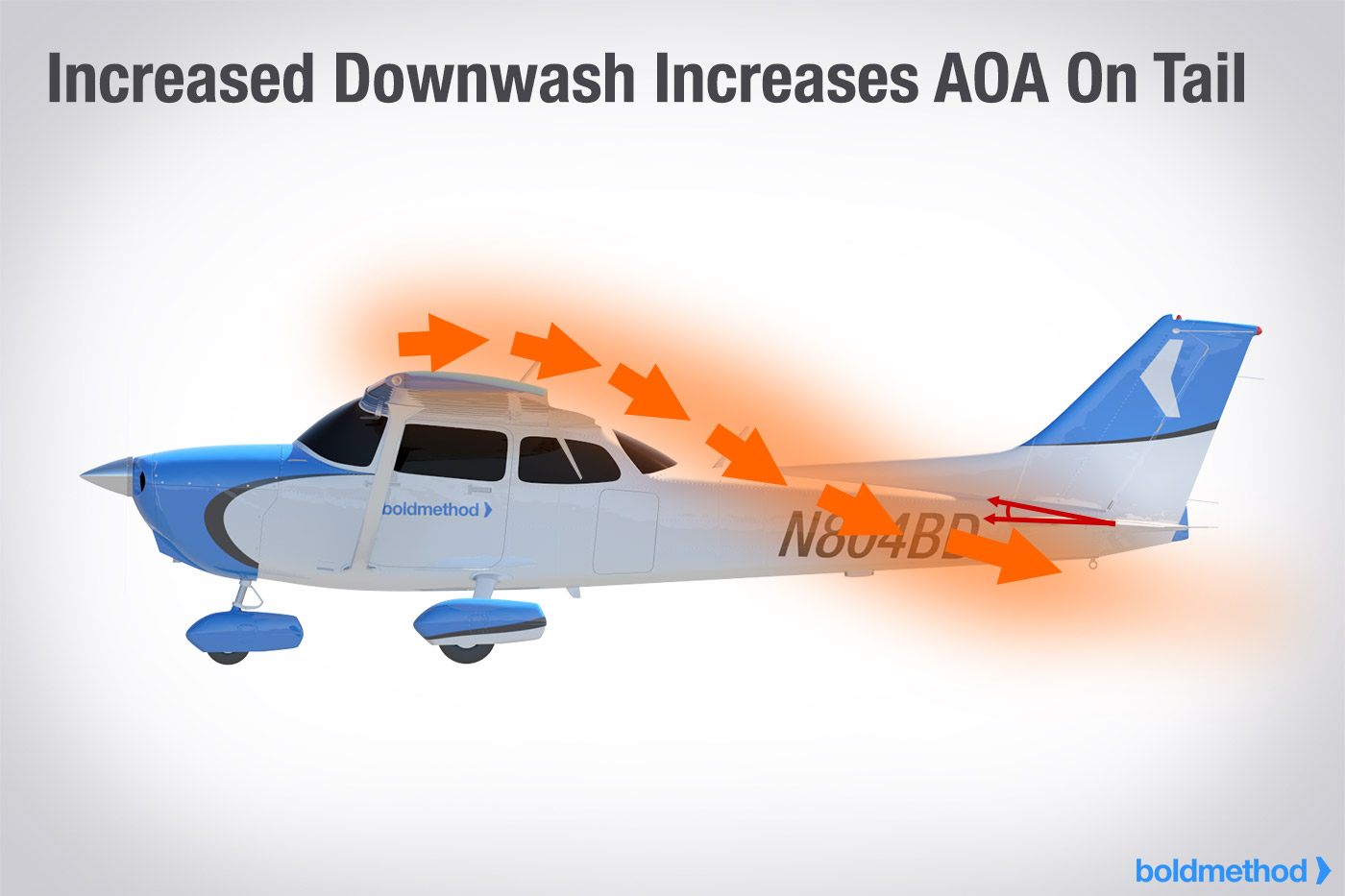Tool for AoA on H-stab
Posted: Fri Jun 19, 2020 3:14 pm
So here again I'll explain how I knife and fork this using separate apps.
We all know that if the wing airfoil experiences an AoA then due to the air stream coming off the back of the wing airfoil the h-stab experiences a different AoA.
Now for my flight modelling I model ALL the airfoils, lift, drag and side as accurately as they can be and have my errors in other areas. If you've 'whole plane' coefficients that come from wind tunnel testing then the standard JSBsim approach is possible but surely after all these years we can all agree that it's not even 1 in 10 planes that have this. The facts of the general flight model quality and the use of yasim speaks for itself in this regard.
So having used the airfoil tool to establish the polars along the wing I import this data into Javafoil, Xfoil could I believe be a viable alternative and from this I get the ccoefficients at various angles of attack.... I use -32, -16, -8, -4, -2, -1 0 1, 2, 4, 8, 16, 32 degrees as this gives a pretty good looking series of tables.
But what we're after is the airflow off the back of the wing... for this I use the polar tab on javafoil, xfoil I'm sure does the same. To get a graphical representation of the airflow off the wing.
https://drive.google.com/file/d/1fIl83D ... sp=sharing
The above image has been added into a drafting package and scaled such that the tail airfoil (additional blue airfoil) position is correctly located. From here it's a simple task to measure the angle of the flow stream and I do this for all the AoA as detailed above and produce a table of the AoA experienced by the inner wing section against what the tail experiences.
Regards
Simon
We all know that if the wing airfoil experiences an AoA then due to the air stream coming off the back of the wing airfoil the h-stab experiences a different AoA.
Now for my flight modelling I model ALL the airfoils, lift, drag and side as accurately as they can be and have my errors in other areas. If you've 'whole plane' coefficients that come from wind tunnel testing then the standard JSBsim approach is possible but surely after all these years we can all agree that it's not even 1 in 10 planes that have this. The facts of the general flight model quality and the use of yasim speaks for itself in this regard.
So having used the airfoil tool to establish the polars along the wing I import this data into Javafoil, Xfoil could I believe be a viable alternative and from this I get the ccoefficients at various angles of attack.... I use -32, -16, -8, -4, -2, -1 0 1, 2, 4, 8, 16, 32 degrees as this gives a pretty good looking series of tables.
But what we're after is the airflow off the back of the wing... for this I use the polar tab on javafoil, xfoil I'm sure does the same. To get a graphical representation of the airflow off the wing.
https://drive.google.com/file/d/1fIl83D ... sp=sharing
The above image has been added into a drafting package and scaled such that the tail airfoil (additional blue airfoil) position is correctly located. From here it's a simple task to measure the angle of the flow stream and I do this for all the AoA as detailed above and produce a table of the AoA experienced by the inner wing section against what the tail experiences.
Regards
Simon
